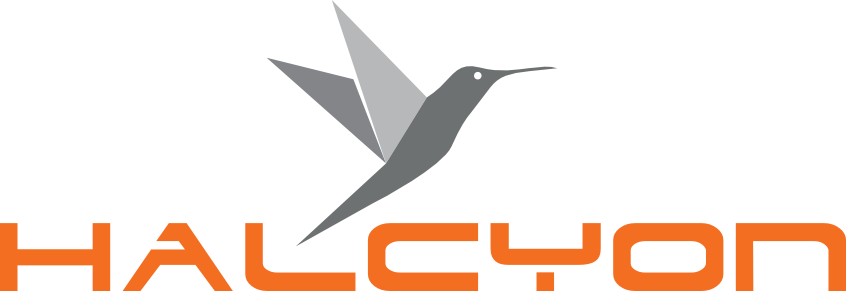This incident related to a client using a package called Tax Assistant. The package is unimportant but the issue it relates to is more interesting. The client wanted the application networked and after a discussion with the supplier a simple shared folder and common mapped drive was suggested. The next stage was to look at the machine holding the data and move it to a shared location. I noted that the folder was already shared on the PC that had the application and browsed to it across the network. However I found only two folders when I was expecting many more.
Re-reading the suppliers notes about moving from a standalone pc to a shared networked version I spotted a tip that they had given which was to remove or *hide* programs and other non data elements – in order that users wouldn’t use an old version of programs when run in a shared environment.
Given that the supplier had supplied a screenshot which showed multiple folders relating to each year that the program had been used to tax returns – I was suspicious because the years before 2014 did not have directories yet the application was able to load tax returns going back several years. In the app I could check the folders that it was loading data from. I did this on the machine that was already working with a local copy of data. That’s when it hit me. The program was referring to folders which I couldn’t see on the network share and when I browsed to the local folder I couldn’t see them either – just 2 folders for the current year.
Finally checking the view options for the folder and changing to show all files including hidden and system files – the penny dropped. In the folder were all the missing folders marked as hidden as well as the programs and other non data elements. So it seems someone was a bit heavy handed with the attrib -h command and had actually hidden everything in the folder in the previous year – possibly they were trying to network the app already.
A quick un hide later (right click on folder and unselect hidden in the properties before applying) and the folders were ready for transfer and once the paths were changed in the app to the new mapped drive both users able to work with the shared data.
Final notes – when you know something is there and you can’t see it – start looking for the possibility of users having done something unusual. Also when suggesting names for shares – think how they read. For a folder called Tax Assistant – TaxAss is probably not the best option.
